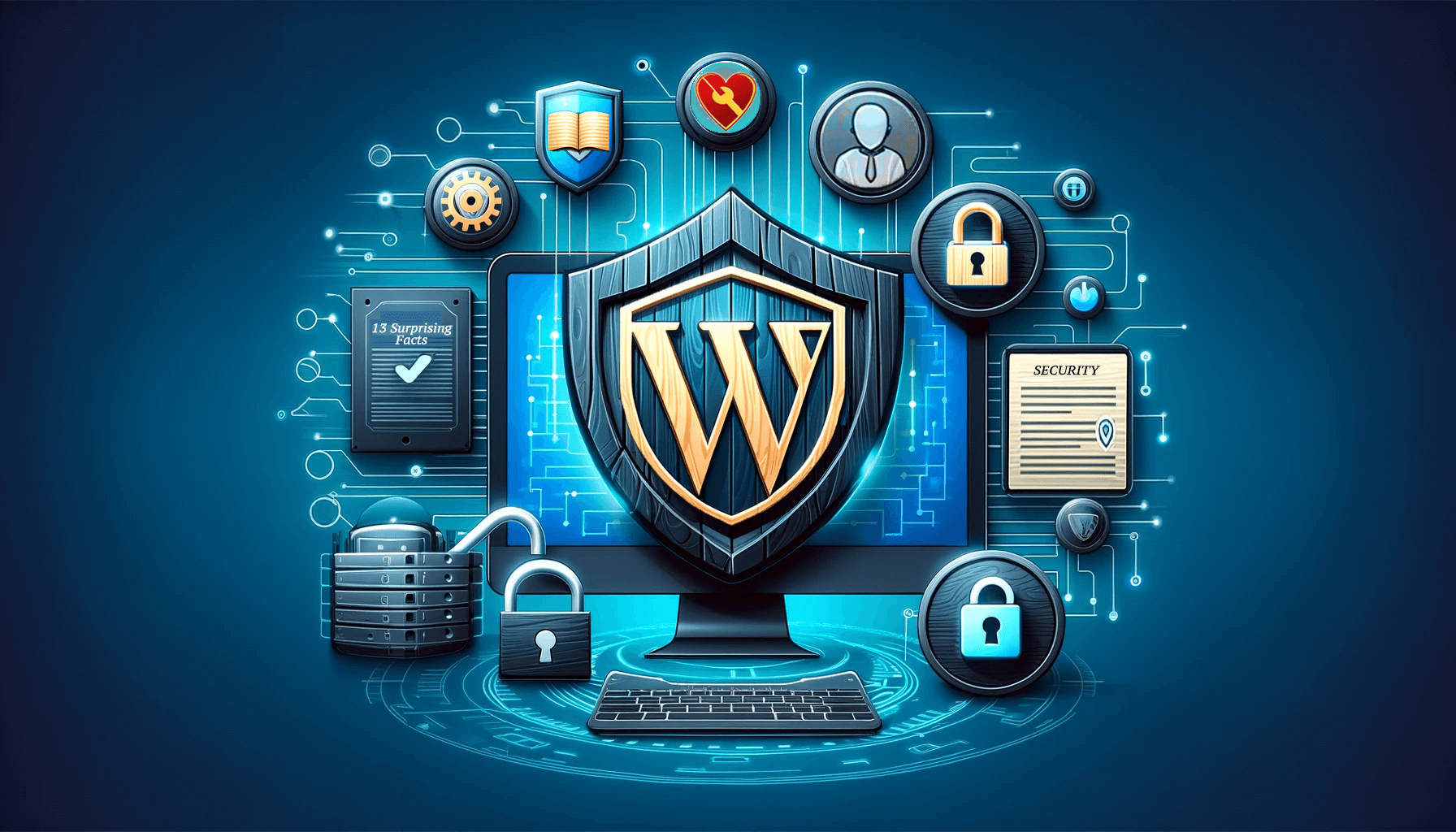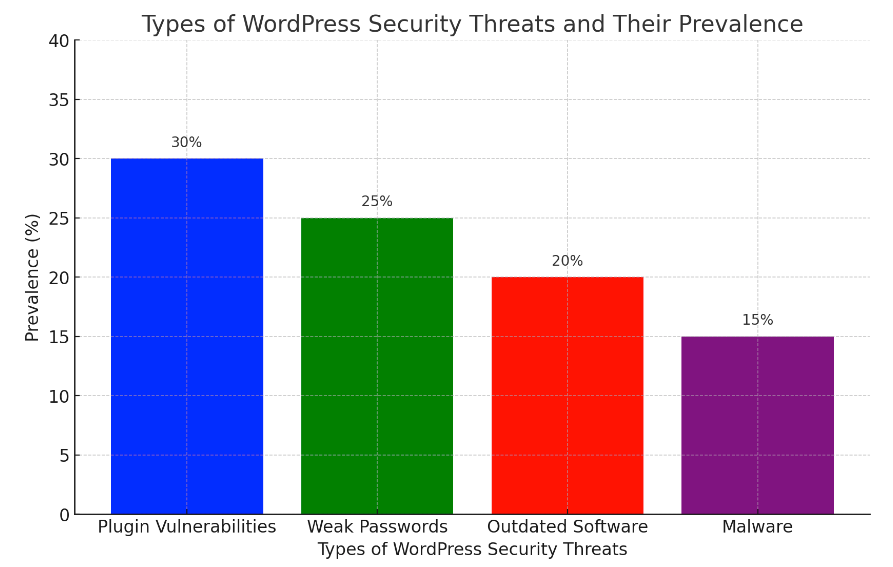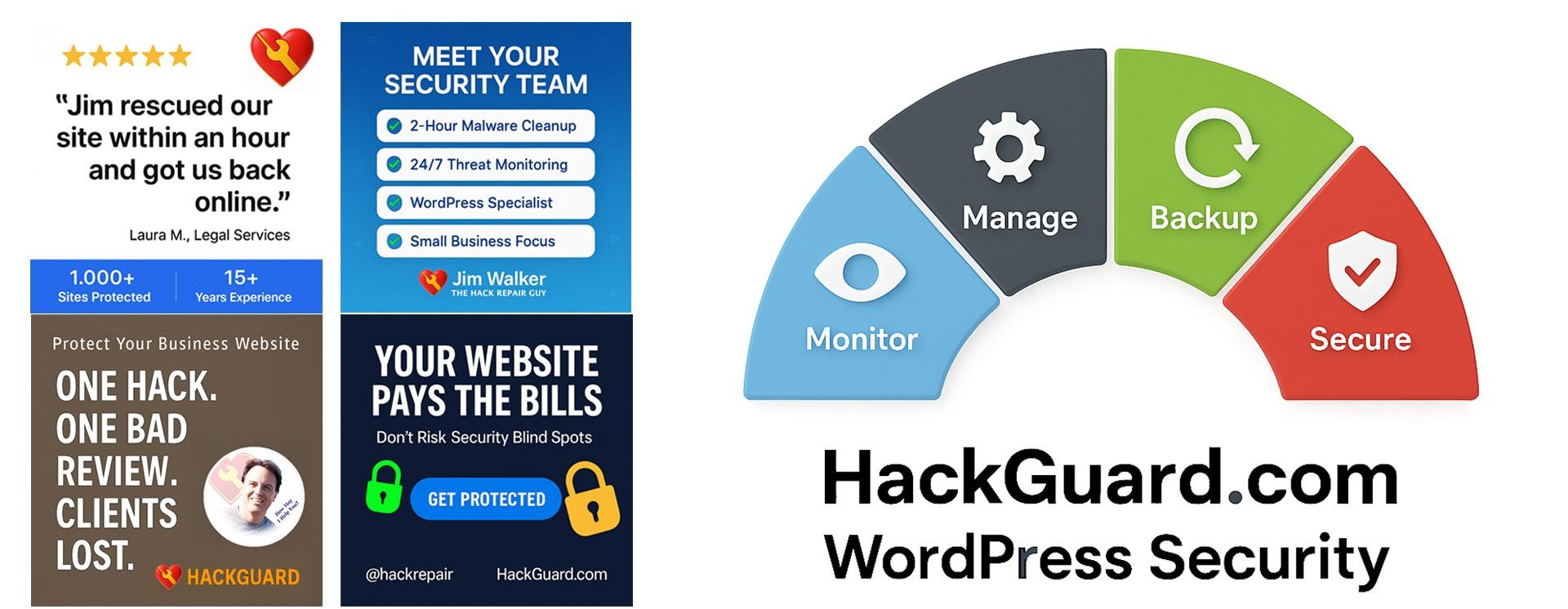
Key Takeaways
Fact Number |
Key Takeaway |
|---|---|
1 |
Rising data breaches highlight the need for heightened WordPress security. |
2 |
WordPress’ ecosystem, while versatile, can be a significant security risk. |
3 |
A holistic approach is required for adequate WordPress security. |
4 |
Regular updates and backups are crucial in preventing WordPress cyber attacks. |
5 |
Plugins and themes can pose significant security risks if not managed properly. |
6 |
Effective user administration is a critical component of WordPress security. |
7 |
Advanced security technologies provide an extra layer of protection. |
8 |
Cyber attacks have severe real-world consequences, including legal repercussions. |
9 |
Careful selection and updating of plugins and themes are essential for security. |
10 |
Strong password practices are a fundamental line of defense. |
11 |
Securing publicly accessible WordPress files is crucial. |
12 |
Outdated WordPress software increases vulnerability to attacks. |
13 |
Regular scans for malware are necessary to maintain a secure WordPress site. |
13 Surprising Facts About WordPress Security
1. The Alarming Rise of Data Breaches
In recent years, the digital world has seen a disturbing increase in data breaches, underscoring the critical importance of website security. WordPress users, in particular, need to be vigilant as they are part of this vulnerable digital landscape. The year 2023 alone witnessed significant WordPress-related vulnerabilities, affecting both large corporations and individual bloggers.

2. The Achilles’ Heel of WordPress: Its Own Ecosystem
While WordPress offers unparalleled flexibility through its vast ecosystem of plugins, themes, and core files, this very strength also poses substantial security risks. Outdated plugins and themes, weak user credentials, and misconfigurations are some of the vulnerabilities that hackers exploit to breach WordPress sites.
3. Beyond Plugins: A Holistic Security Approach
Contrary to common belief, WordPress security extends beyond merely installing a security plugin. It involves a comprehensive approach that includes regular updates of all software components, robust password policies, cloud-based backups, user role audits, and the use of Web Application Firewalls (WAFs).
4. The Perils of Ignoring Updates
Ignoring software updates in WordPress is akin to rolling out the red carpet for hackers. Outdated software is a magnet for cybercriminals who exploit known vulnerabilities. Regular updates ensure the latest security patches are in place.
5. The Security Pitfalls of Plugins and Themes
Plugins and themes are central to the functionality and aesthetics of WordPress sites but can be a significant security liability if not properly managed.
6. Effective User Administration: A Key Defense Strategy
User administration in WordPress is not just about managing roles; it’s a critical aspect of security. Incorrect role assignments and weak password practices can leave a site vulnerable.
7. Leveraging Advanced Security Technologies
Incorporating advanced security measures such as WAFs, hosting-level security scanners, and website monitors can offer an additional layer of protection.
8. The Real-World Impact of Cyber Attacks
The consequences of a security breach extend far beyond the digital realm. They can lead to identity theft, financial losses, reputational damage, and legal penalties.
9. The Hidden Dangers in WordPress Plugins and Themes
Selecting plugins and themes from reputable sources and keeping them updated is critical to avoid vulnerabilities.
10. Weak Passwords: A Hacker’s Gateway
Weak passwords are one of the simplest ways for hackers to breach WordPress sites. Using complex passwords and changing them regularly is fundamental.
11. Public Accessibility: A Double-Edged Sword
Certain WordPress files and directories are publicly accessible by default, making them susceptible to attacks.
12. The Danger of Outdated WordPress Software
Failing to update WordPress and its associated software leaves websites vulnerable to known security vulnerabilities.
13. The Stealthy Invasion of Malware
Malware can insidiously infect WordPress files, including plugins and themes, often without the knowledge of the site owner.
Conclusion
WordPress security is a multifaceted issue that demands a comprehensive approach. Each aspect is vital in safeguarding a WordPress site, from keeping software updated and managing user roles effectively to utilizing advanced security technologies. The real-world implications of neglecting these practices are severe, ranging from financial losses to reputational damage. As WordPress continues to evolve, so do the associated security risks, making it imperative for site owners to stay informed and proactive in their security measures.
Reference Links
-
- Mastering WordPress Security: A Comprehensive Guide to Safeguarding Your Website
- The Double-Edged Sword of WordPress’ Ecosystem
- Beyond Plugins: A Holistic Security Approach
- The Perils of Ignoring Updates
- The Security Pitfalls of Plugins and Themes
- Effective User Administration: A Key Defense Strategy
- Leveraging Advanced Security Technologies
- The Real-World Impact of Cyber Attacks
- The Hidden Dangers in WordPress Plugins and Themes
- Weak Passwords: A Hacker’s Gateway
- Public Accessibility: A Double-Edged Sword
- The Danger of Outdated WordPress Software
- The Stealthy Invasion of Malware
